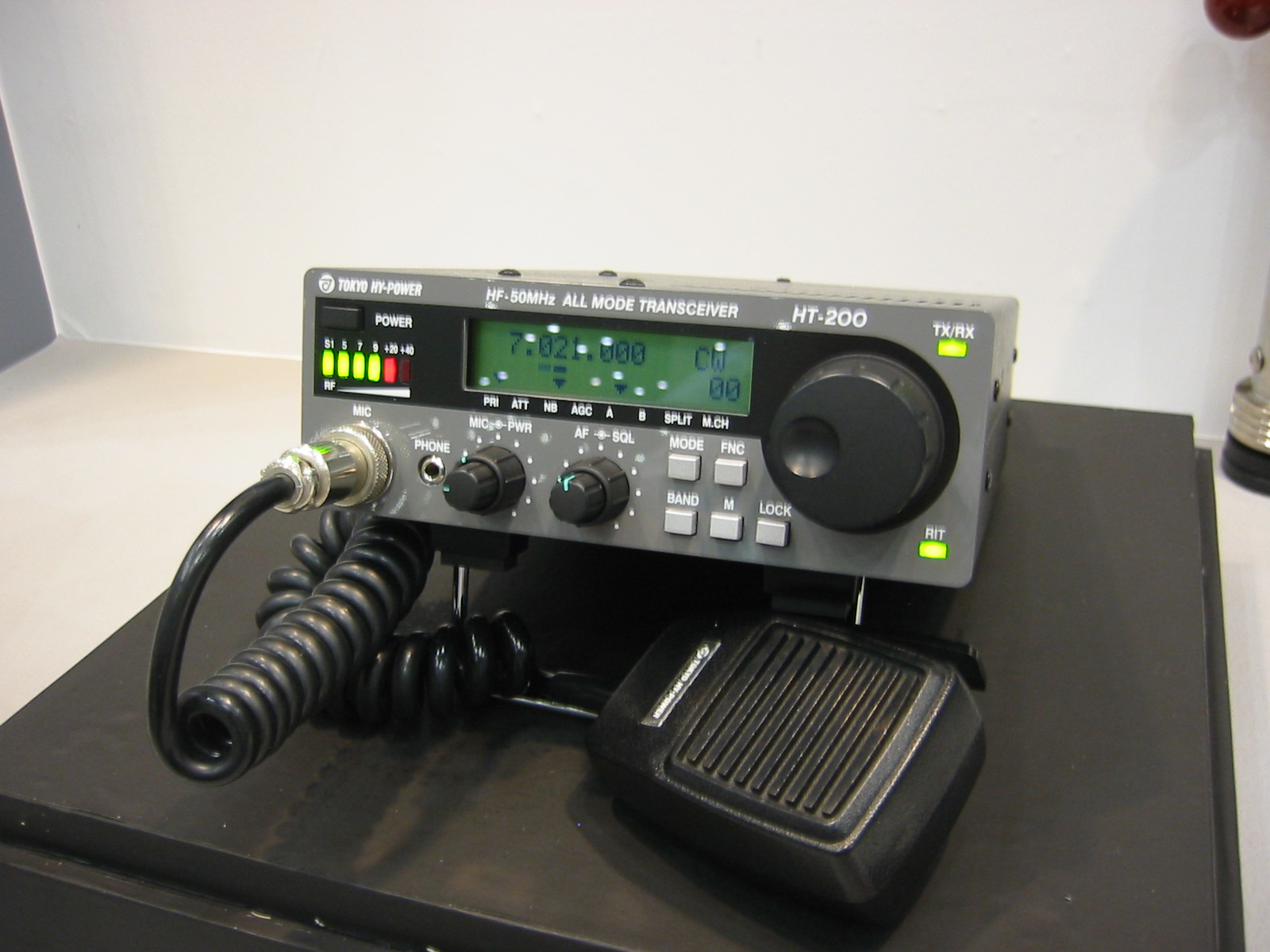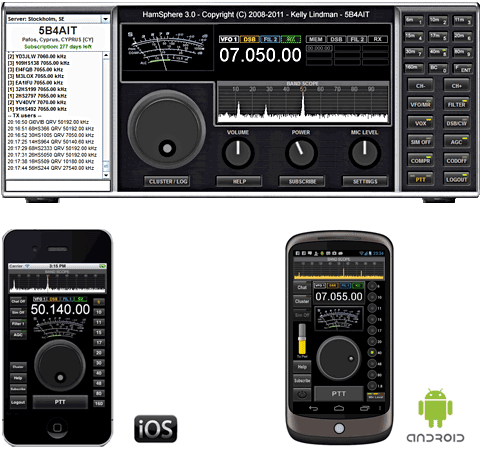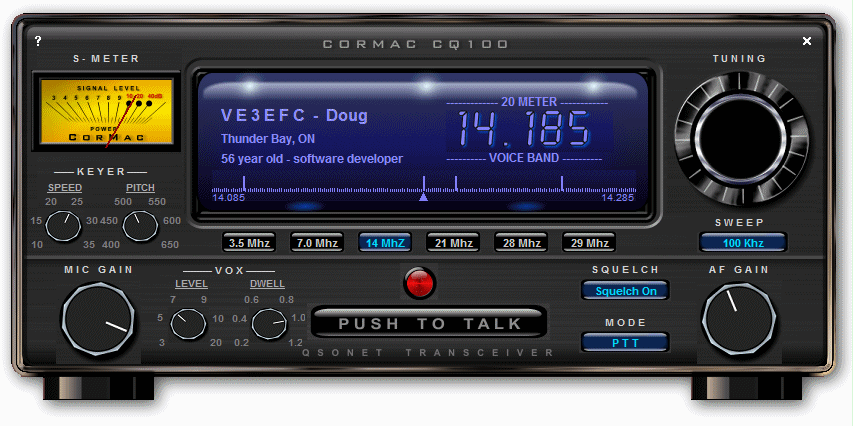As I prepare for my West Country holiday with my brother next week, I'm amused to see the
QST advert for the Elecraft KX3 in use in very rocky terrain. Why am I amused? Well, there is
no way that I'd take a "fully loaded" KX3 costing close to £1200 (in UK prices) up a mountain as shown in the photo!
It is OK taking a 12 year old FT817 or a 6 year old VX2 handheld: if these get damaged it's not be a disaster as I've already had huge value from them. But an investment of close on £1200 is another matter.
Perhaps I am not typical, but if I was to spend this sort of money I would
not want to throw it in a backpack, risk dropping it on rocks or in a bog and getting battered and scratched. Also, being a very SMD intensive unit, repair is far from easy or low cost.
A better bet for a
really portable transceiver to use in SOTA or other portable operations would be a rugged little direct conversion CW or DSB transceiver built into a strong die-cast case, probably for just a single band. It need not look pretty, just functional. Such a unit could be built to give good performance for under £20 buying EVERYTHING new. If dropped, one could easily fix it when back home. If it even got dropped in a bog and irrevocably damaged it wouldn't matter: just build another one!
No, something is wrong if anyone thinks they have to spend £1200 to climb a hill and enjoy amateur radio. I have no doubt the KX3 is a very excellent radio, but it is too expensive (for me) to use in backpack mode.























